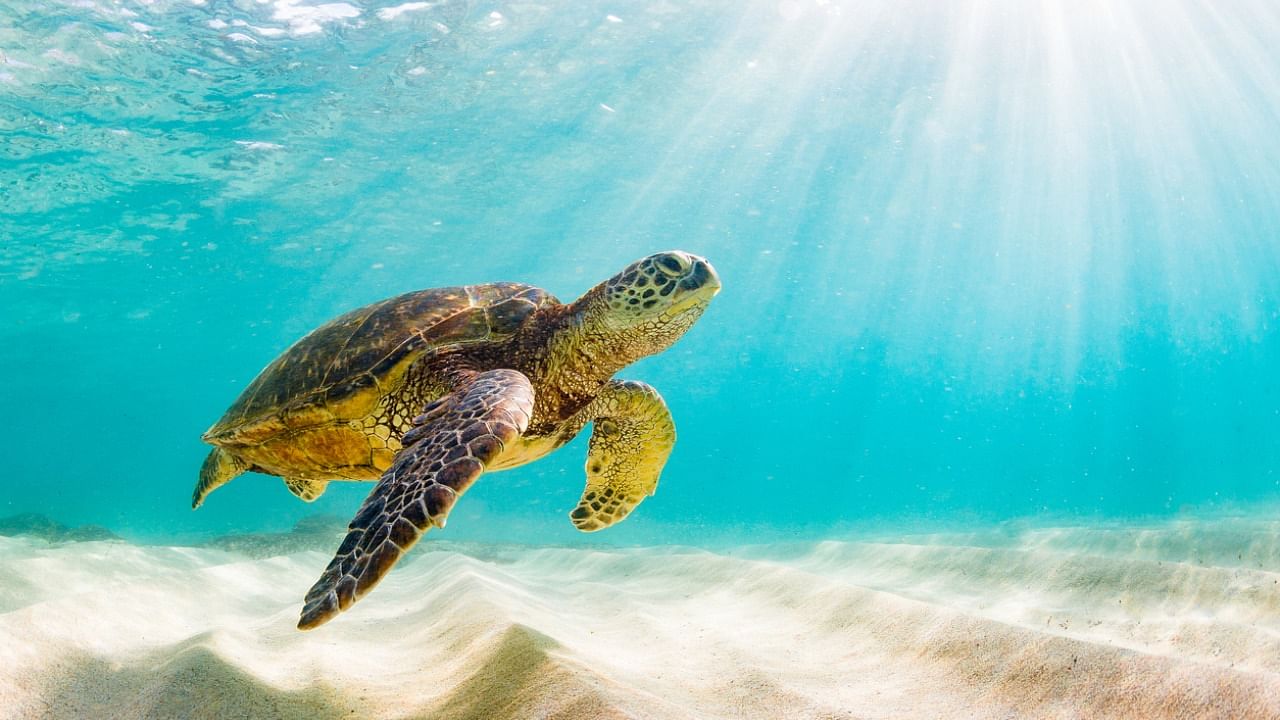
Around the world—in the oceans, rivers, ponds and land—there are about 330 species of turtles, terrapins and tortoises—which scientists collectively call ‘turtles’.
Despite differences in sizes, shapes and colours, they all have one distinct feature—their shell. Turtle shells are extremely hard and provide a safe space for the turtle to withdraw into, regulate its body temperature, protect it from predators and act as a reservoir of fats, minerals and water.
The shell is bony, with about 60 bones in it. The ribs are broadened and flattened out, fusing into bony plates and the skin to form the shell. That means you cannot pull a turtle out of its shell; the shell is a part of the turtle’s skeleton and grows with the turtle. It is one of the likely parts of a turtle to survive fossilization, throwing some exciting insights into its evolution.
For years, scientists believed that the turtle shell evolved for the primary purpose of protection. However, recent discoveries tell a different story.
After analysing the anatomy of 250-million-year-old turtle ancestors, biologists concluded that the shells evolved as an apparatus to help turtles dig into the ground. These ancestors mainly lived on land and escaped underground when the environment turned hostile. When they dug the ground with their mighty arms, the shells anchored the strokes of these burrowers, helping them shift soil and sand. However, these shells have come to serve the role of being a turtle’s protective armour over the years.
It’s an irony that despite having one of the toughest materials to protect themselves, turtles are in danger today because of climate change, marine pollution, and habitat loss. On this World Turtle Day observed on May 23, would you pledge to be their knight in shining armour?